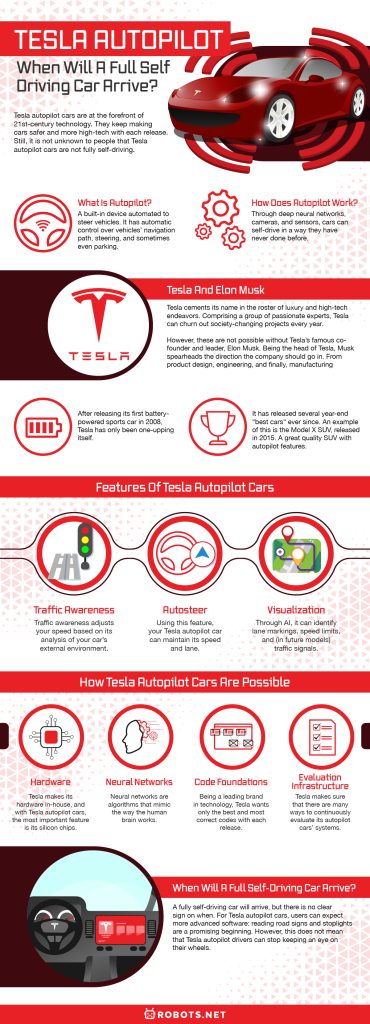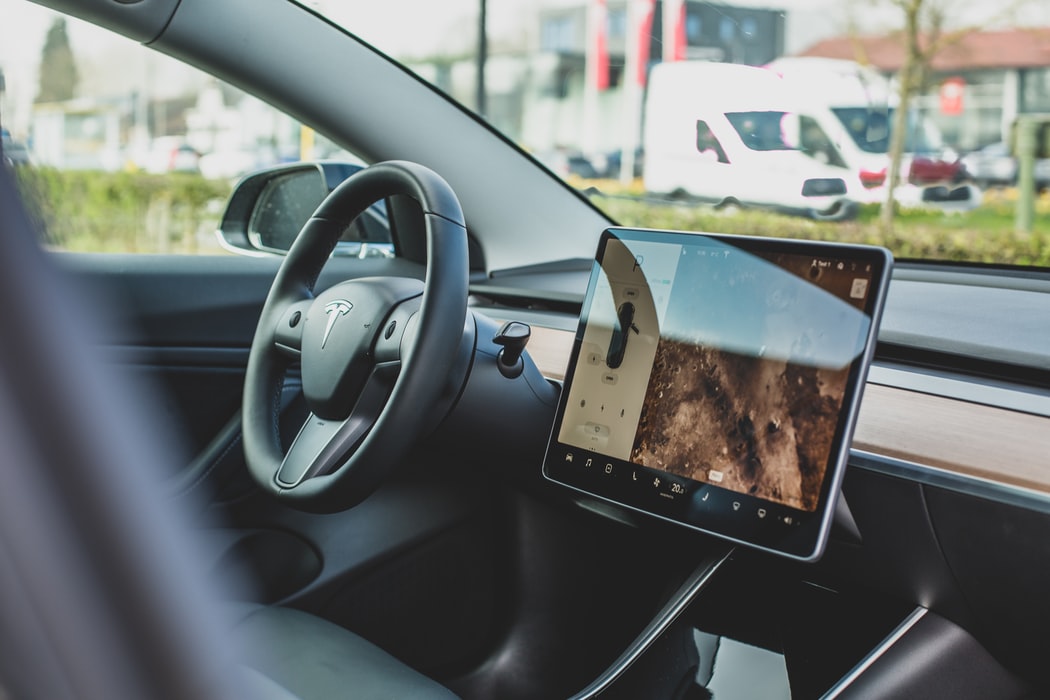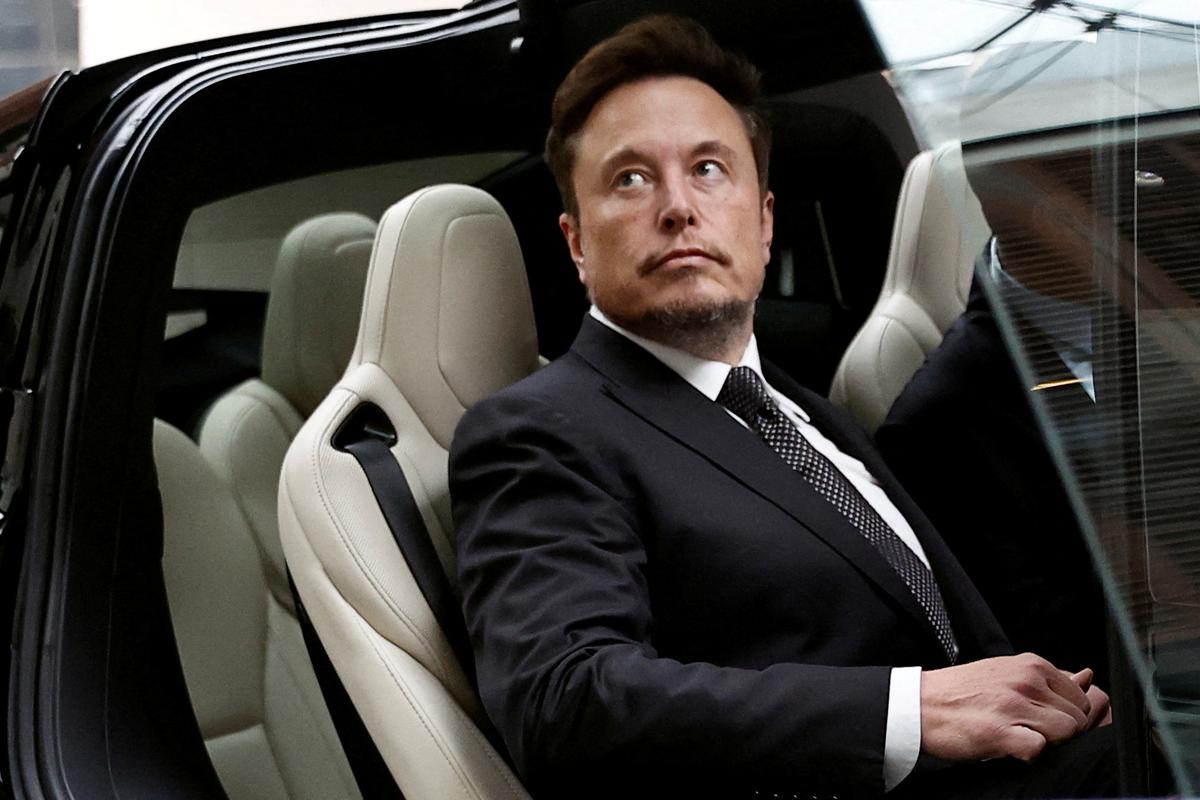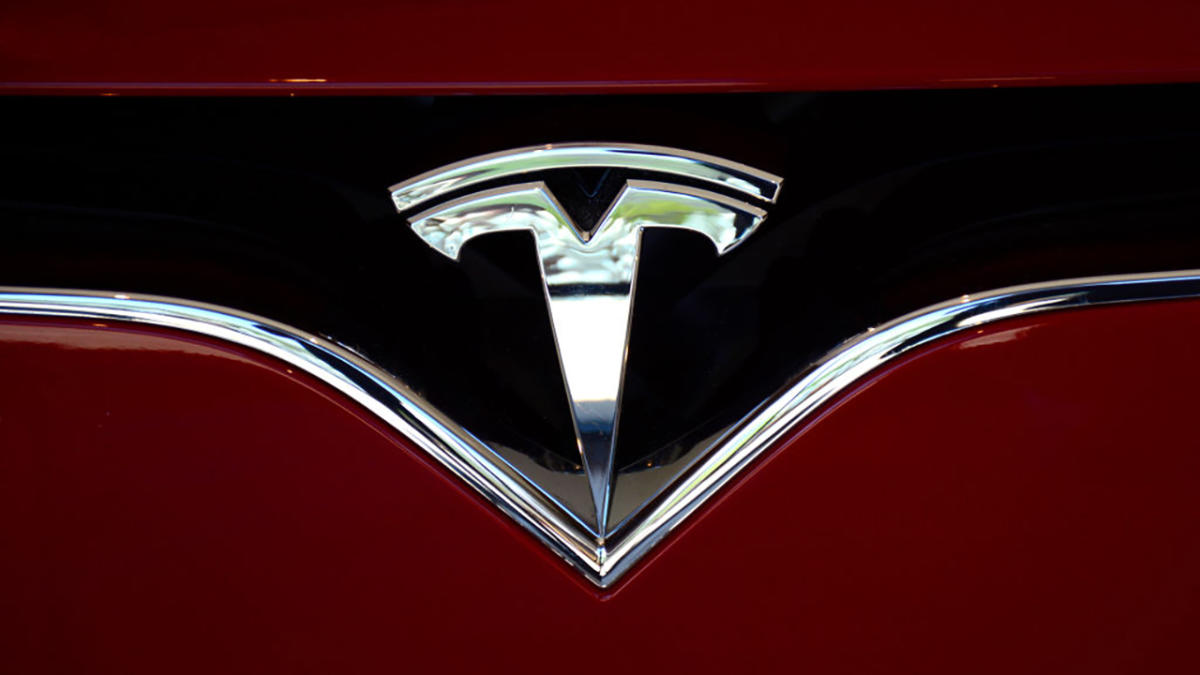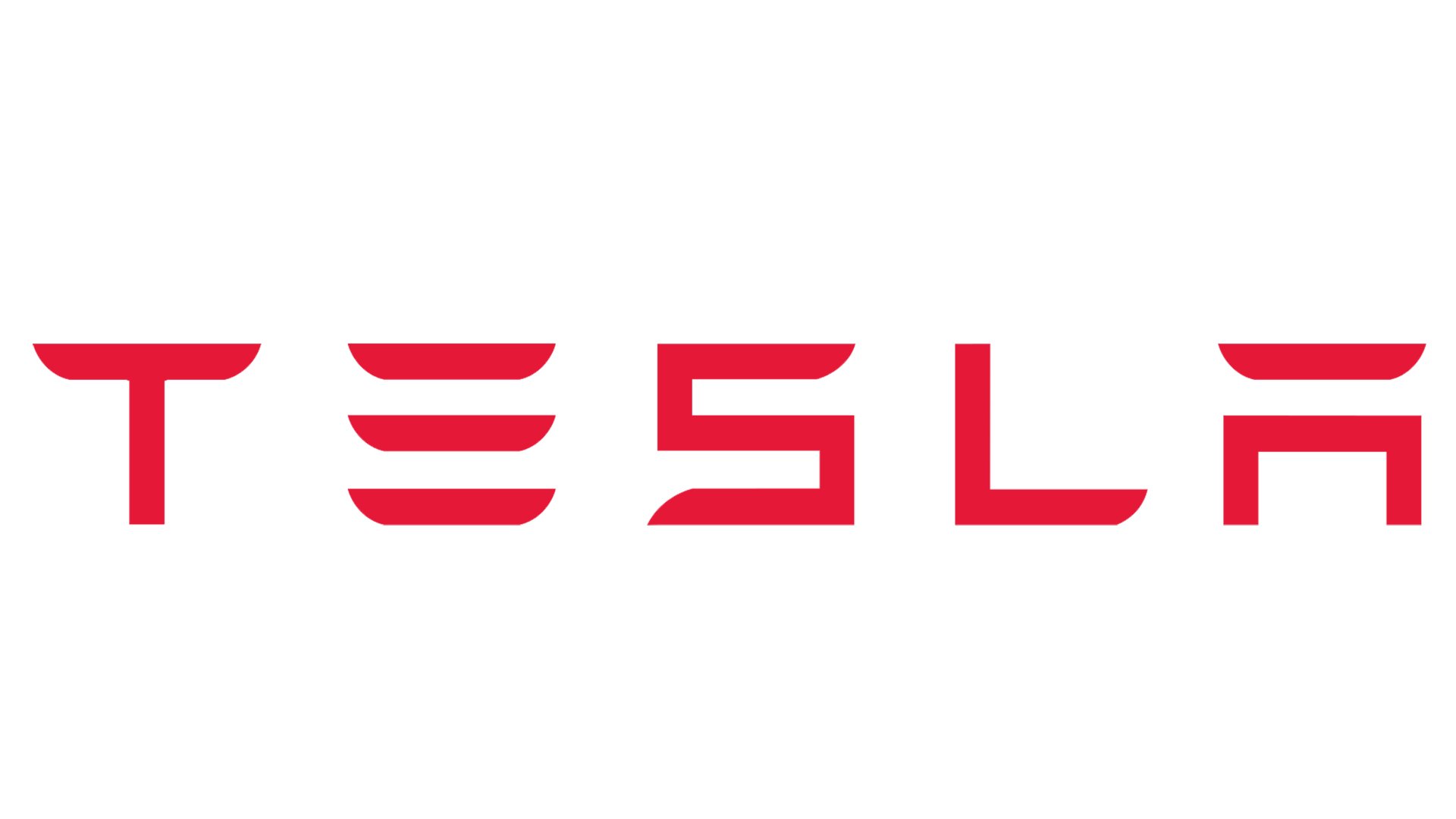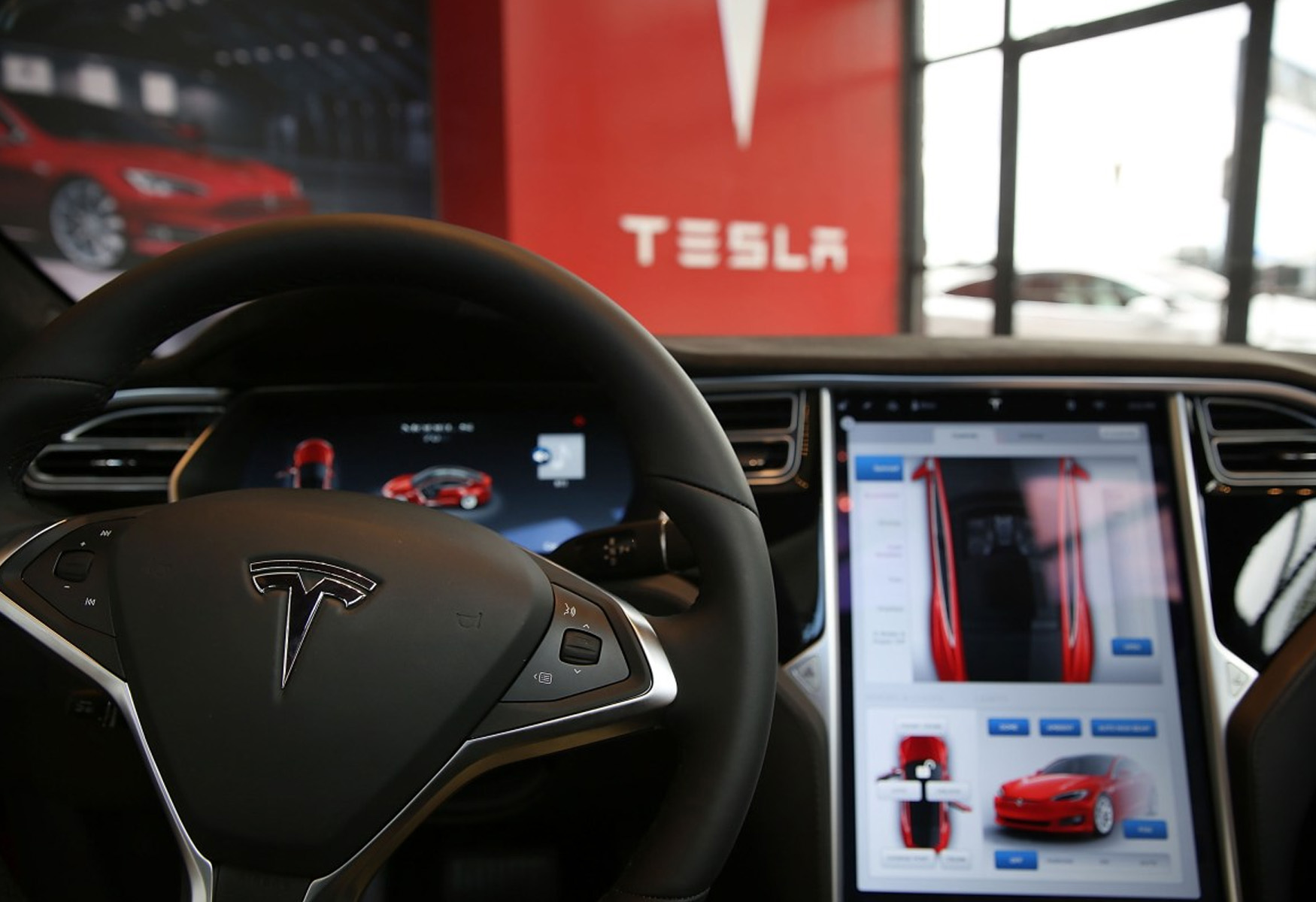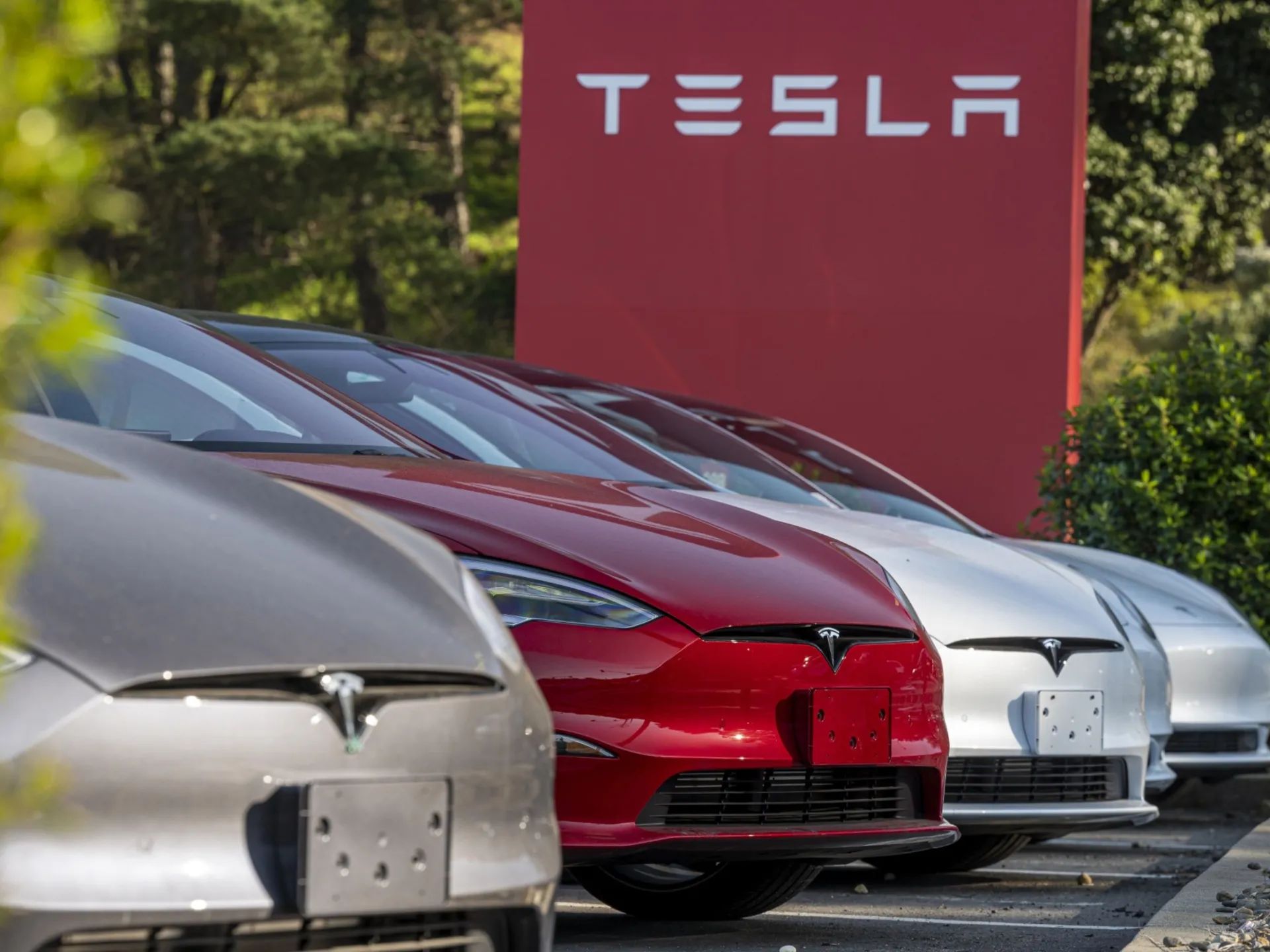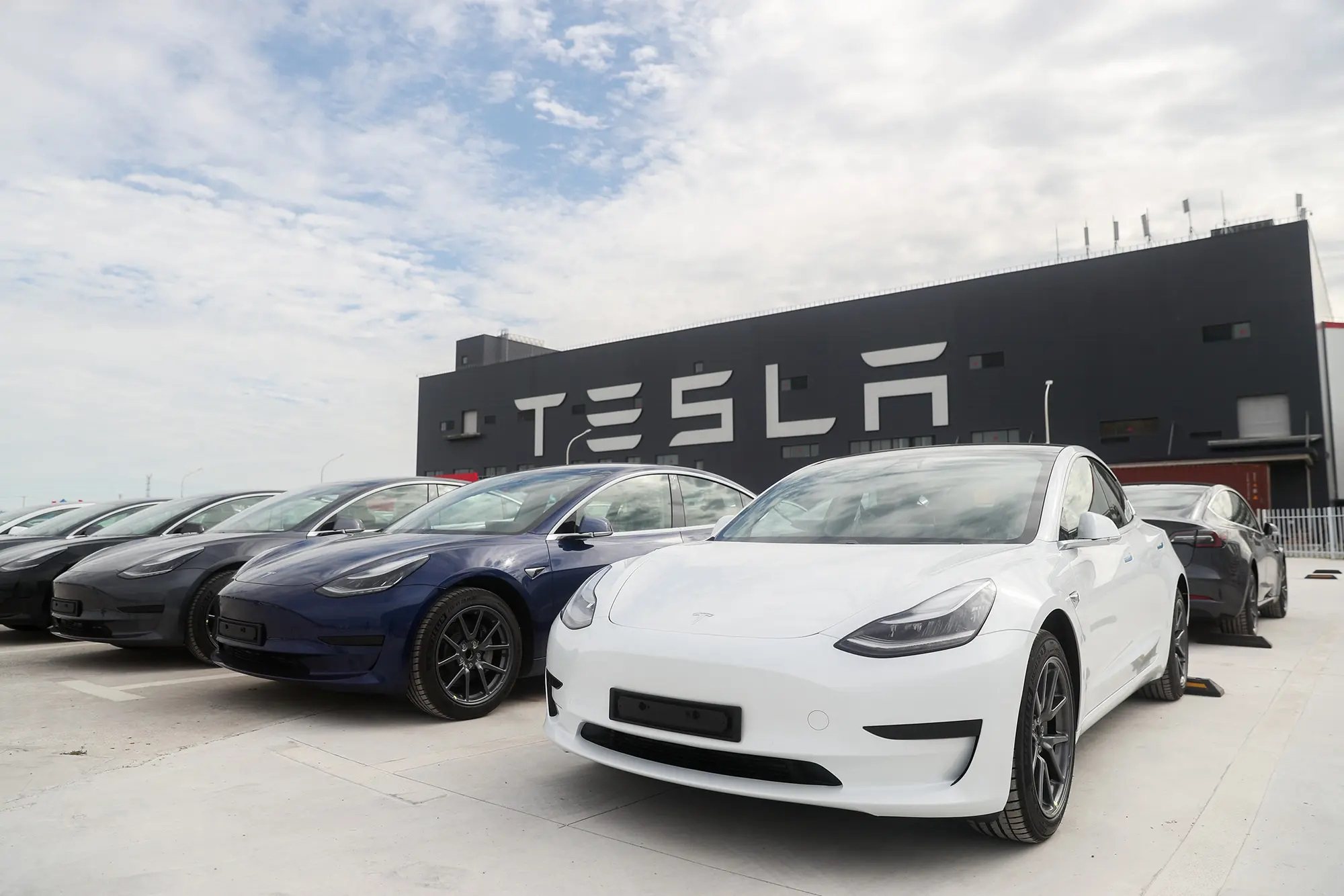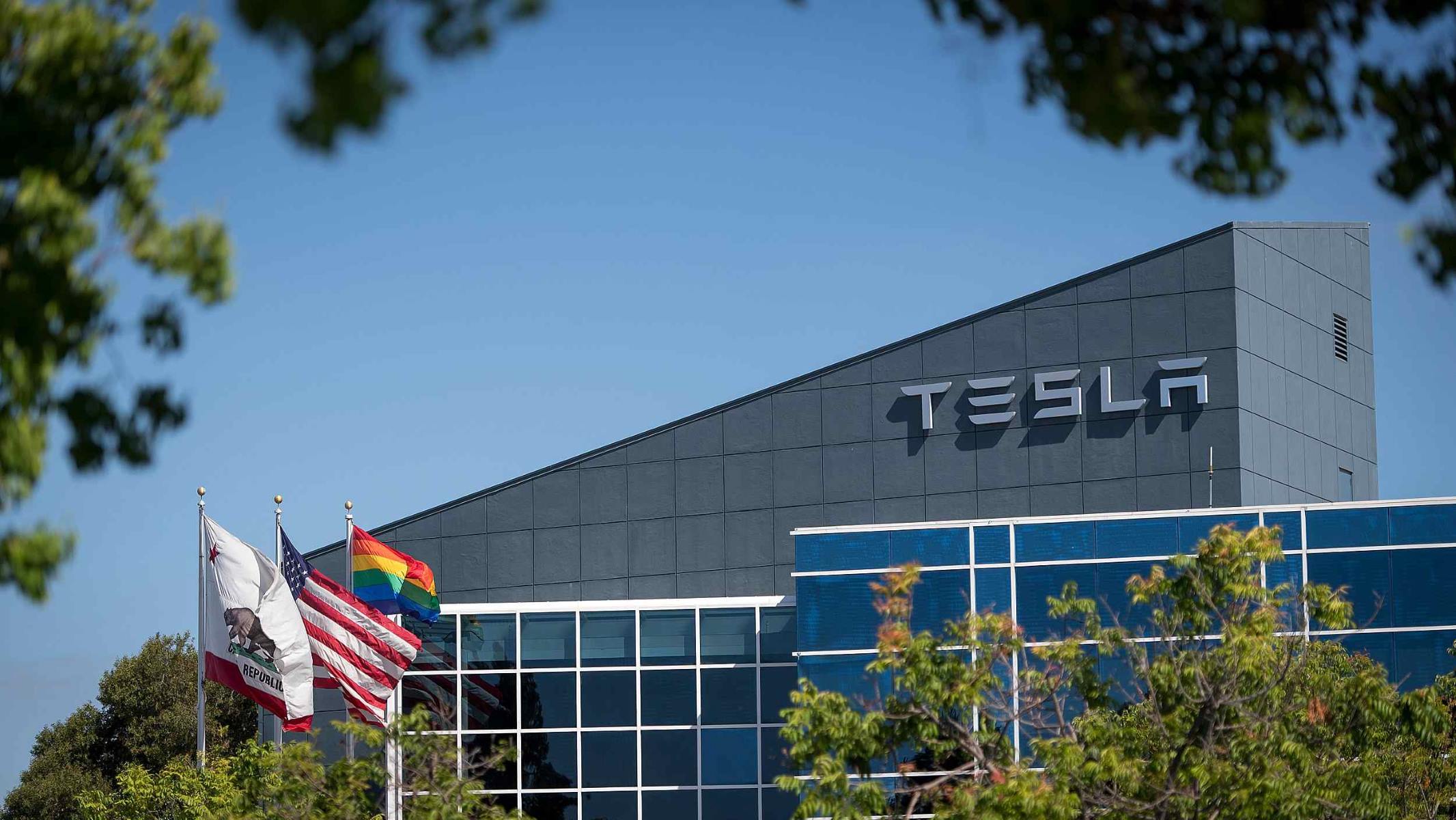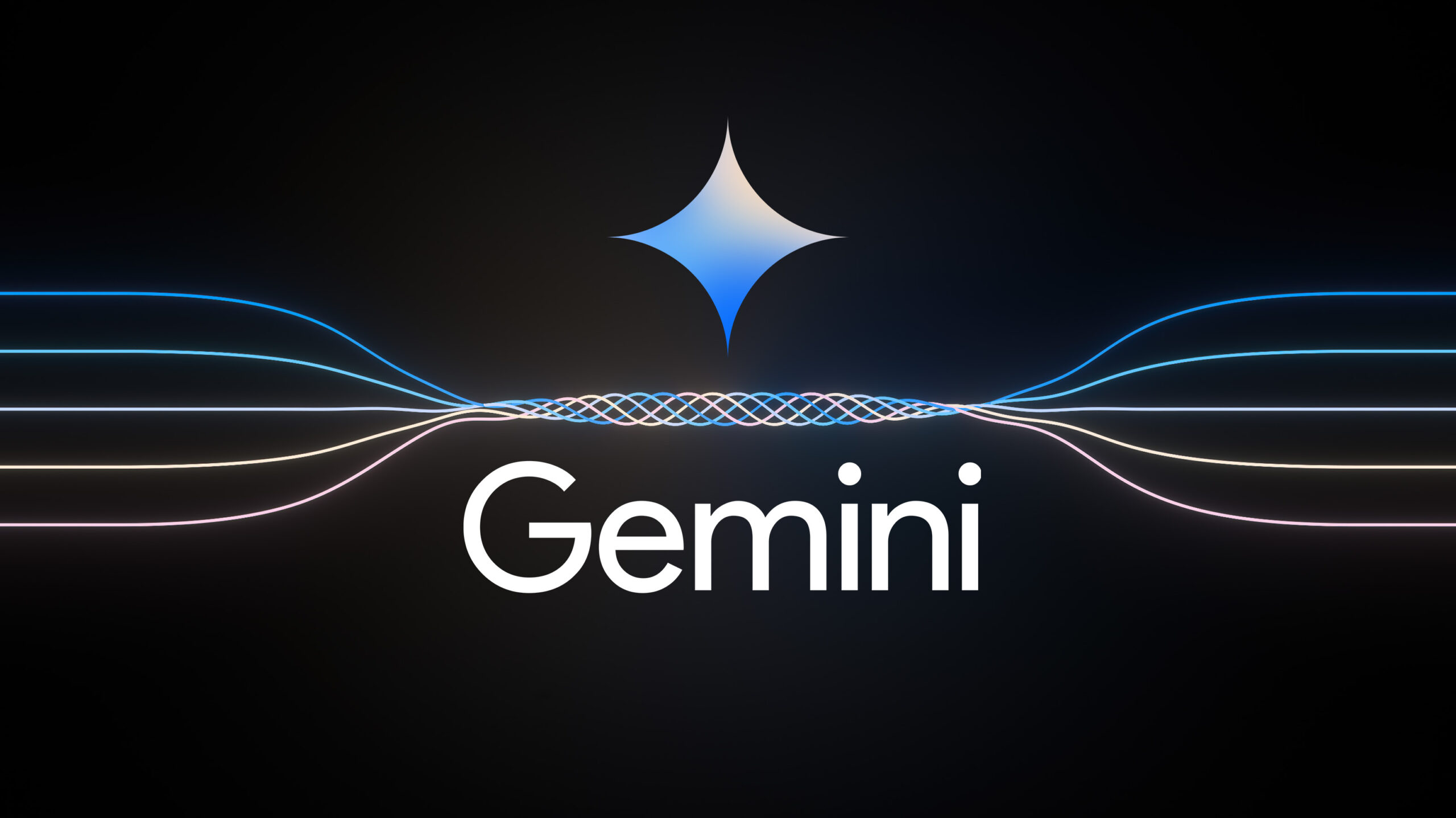Tesla autopilot cars are at the forefront of 21st-century technology. Keeping in mind issues that will plague human beings for the years to come, Tesla churns out cars that are sustainable. Moreover, they are in constant competition with themselves. They keep making cars safer and more high-tech with each release. Still, it is not unknown to people that Tesla autopilot cars are not fully self-driving. At most, they are assistants for drivers. So, the question on everyone’s minds is: when can Tesla give us a fully automated car?
Knowing what autopilot is, and what Tesla autopilot cars are capable of can answer your question. It also helps to know what the company has in store for you in the future.
Autopilot
What Is Autopilot?
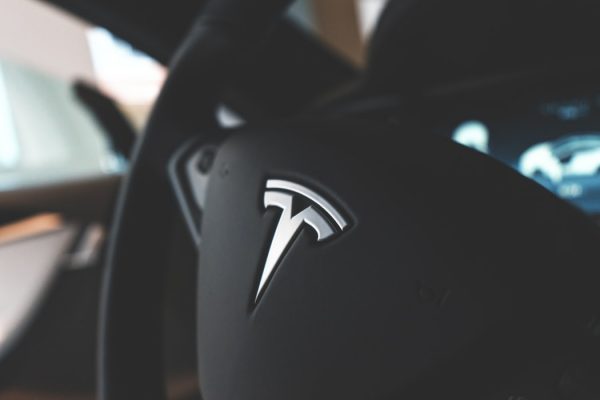

Autopilot is a built-in device automated to steer vehicles. It has automatic control over vehicles’ navigation path, steering, and sometimes even parking. Although most of these cannot function without a direct driver involved, they still offer convenience like never before. These are only possible through the use of artificial intelligence or AI.
With AI-powered cameras, radars, and sensors, the autopilot can put drivers at ease. However, this never puts them off the hook. It reduces the chances of committing human errors while driving, as these are always chances you would not want to take. This should not take away from the potential dangers of AI technology too, though.
The term is coined mostly for pilots and aircraft, where the former will set up the latter for smoother sky sailing. By choosing autopilot, pilots can render less attention to their aircraft. The software will keep the flight stable in finishing its course. This does not mean pilots will stop doing their job. It does mean, however, that they can get sleepy with fewer risks.
How Does Autopilot Work?
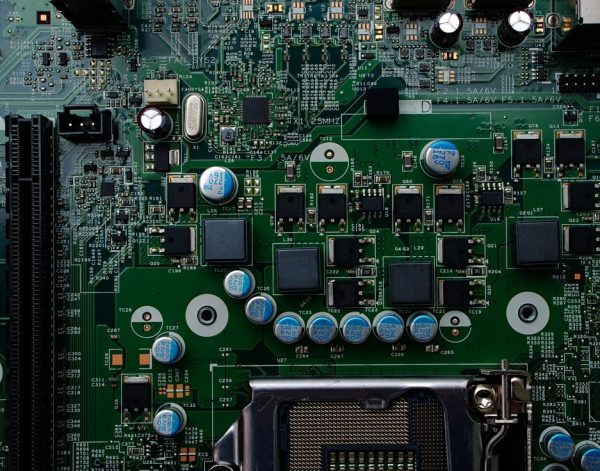

For all self-driving cars, autopilot needs AI to work. Through deep neural networks, cameras, and sensors, cars can self-drive in a way they have never done before. These features make it possible for a car to see and determine what is around it.
Calibration must be done in order for these features to work properly. When using “autopilot” on your car for the first time, you must self-calibrate. Cameras will scan the environment and road conditions before you start, as you go, and every 20-25 miles (at least if you are using a Tesla).
Later in this article, we will find out the benefits of having a car that knows about its environment. For now, know that because of AI, your car is more aware of your surroundings than you are. This eliminates human error in driving, which is a large benefit. There actually are a lot of benefits to using AI, and there are multiple examples of AI that you didn’t know you were using every day.
Tesla
Tesla and Elon Musk
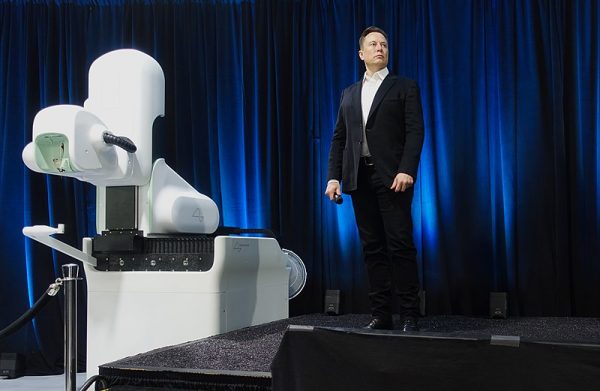

Tesla cements its name in the roster of luxury and high-tech endeavors. Comprising a group of passionate experts, Tesla can churn out society-changing projects every year. You may know Tesla from its work alongside SpaceX, SolarCity, and The Boring Company, so it does more than manufacture cars.
Ultimately, Tesla is at the forefront of technological advancement. Its prioritization of sustainable living and space research makes it a valuable asset for humans today.
However, these are not possible without Tesla’s famous co-founder and leader, Elon Musk. Being the head of Tesla, Musk spearheads the direction the company should go in. From product design, engineering, and finally, manufacturing, Musk oversees it all.
After releasing its first battery-powered sports car in 2008, Tesla has only been one-upping itself. It has released several year-end “best cars” ever since. An example of this is the Model X SUV, released in 2015.
With space for over seven people, the Model X is a great quality SUV with autopilot features. It can detect objects at a distance and nearby. It can even switch lanes, self-steer, and (best yet) self-park. Of course, this is only possible because it has cameras on almost all its sides.
The Model X’s autopilot features are intimidating, but it is not without criticism.
Tesla Autopilot
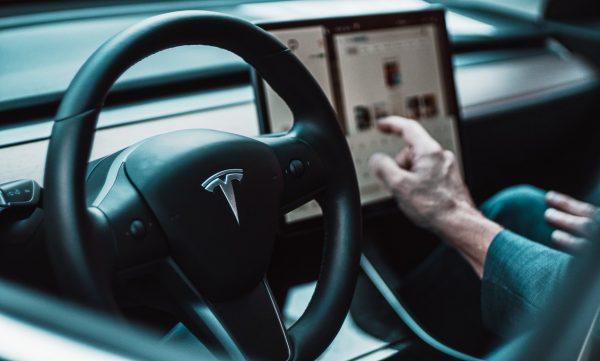

People who own Tesla autopilot cars can avail of two autopilot packages: Autopilot and Self-Driving Capability.
According to Tesla’s official website, these features are not for drivers willing to let go of full control over their cars. Tesla autopilot cars are not self-sufficient. They are assistants at the very most, making driving easier and safer for Tesla autopilot drivers.
Debate Around Tesla Autopilot
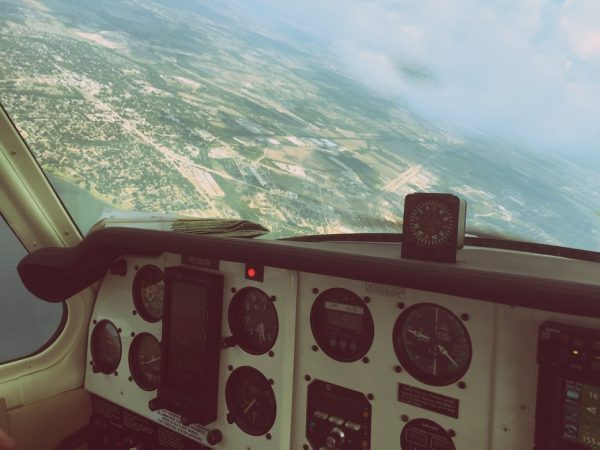

Courts around the world, like Germany, contest Tesla’s use of the term “autopilot” for their self-driving cars. Those against its usage often say that it is misleading and dangerous because it suggests full autonomous driving; when in reality, autopilot is more of an assistant to you than vice-versa. It makes your vehicle safer because it can see and compute for things vulnerable to human error.
As said above, Tesla’s autopilot features make it possible for your car to steer, speed up, brake, self-park, and change lanes. This does not mean that you should leave the car alone, though. As far as users are concerned, autopilot is for co-operative driving.
For example, it can resist your steering if it knows it has cars too close to you [that you cannot see]. It will not, however, fully take you to where you are going without your help.
The argument for Tesla’s use of the term “autopilot” is also legitimate. People defending its use say that it borrows from aviation terms. Pilots use autopilot or the “automatic flight control system” to keep a flight level, never meaning that it is without a pilot’s help. It only means pilots can do less than what they would normally do. Planes will keep the flight set on its course.
A pilot’s responsibility is to oversee it. Pilots can (and should) direct a plane while it is on autopilot.
Features of Tesla Autopilot Cars
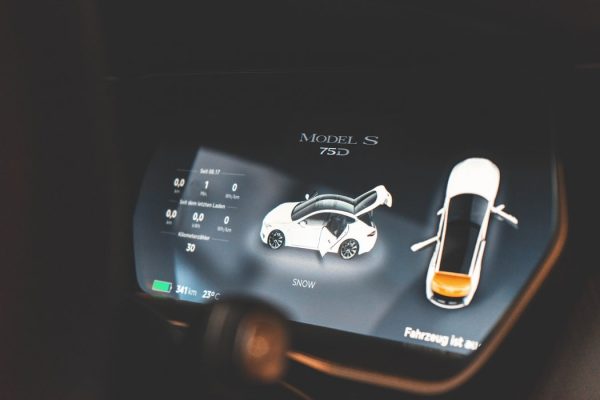

Almost all of Tesla’s autopilot cars share the same features. While people still do not know when a fully self-driving car will arrive, you can be sure that it will have these features, at the very least.
Tesla autopilot cars, as of 2019, have all these features: Traffic Awareness, Autosteer, and Visualization.
Traffic Awareness
To start, traffic awareness adjusts your speed based on its analysis of your car’s external environment. Through its sensors, traffic awareness can accelerate and brake your car when it deems it fit. An application of this could be when you are below or above the speeding lines. Most especially, this feature keeps your car at a safe distance from other cars.
Autosteer
Hand-in-hand with traffic awareness is Tesla autopilot’s autosteer. Using this feature, your Tesla autopilot car can maintain its speed and lane. Moreover, it can steer your car and change lanes in emergency situations.
Visualization
Last on this brief list is the Tesla autopilot cars’ visualization feature. This feature displays some of the things around you that you will otherwise not see. Through AI, it can identify lane markings, speed limits, and (in future models) traffic signals. Perhaps the most important benefit of this feature is that it can also detect small and big vehicles around you.
How Tesla Autopilot Cars are Possible
Hardware
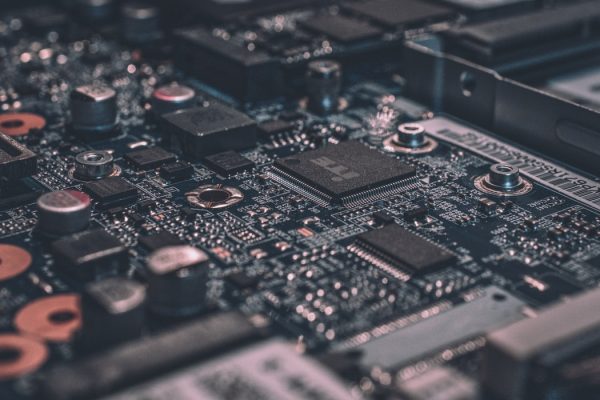

Tesla makes its hardware in-house, and with Tesla autopilot cars, the most important feature is its silicon chips. These chips make communication within the autopilot’s system possible; it keeps it running. As time passes by, the silicon chips Tesla designs keep getting better and more powerful.
Tesla has many tests that analyze the chips’ power, timing, and performance. The programs Tesla designs communicate with the chip. With each round of communication, it improves the chip’s optimization and power savings.
Neural Networks
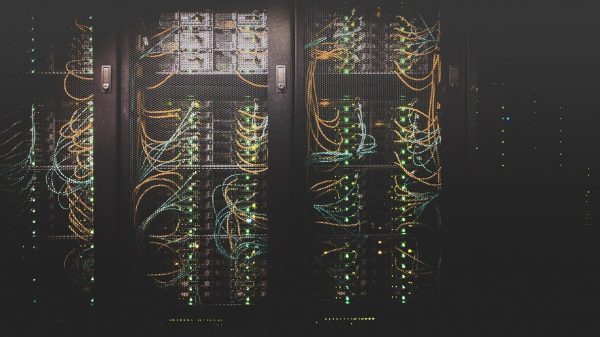

Neural networks are algorithms that mimic the way the human brain works. By doing this, it can make relationships and connections in data. It is used to perceive and predict, things that humans are very good at doing (though not always).
For Tesla autopilot cars, neural networks are the reasons why cameras can analyze drivers’ immediate environment. It analyzes road layouts and distances between cars, which the car needs to make sound decisions.
Tesla’s neural networks improve themselves through time, given proper experience. As with a human mind, the more it goes through different scenarios, the more it learns. What is good about neural networks is that it does not keep its lessons to itself—all Tesla cars learn at the same time.
Code Foundations
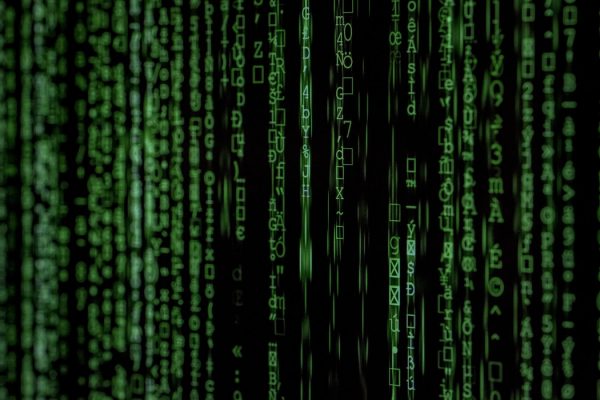

To achieve higher quality codes that have never been done before, Tesla uses quality materials and hard work. Being a leading brand in technology, Tesla wants only the best and most correct codes with each release.
The best does not always mean the most complicated codes, though. For Tesla’s autopilot cars, codes are fast and low-level. This makes sure that it can process more data at shorter amounts of time, as well as sharing its optimized code with other cars.
Evaluation Infrastructure
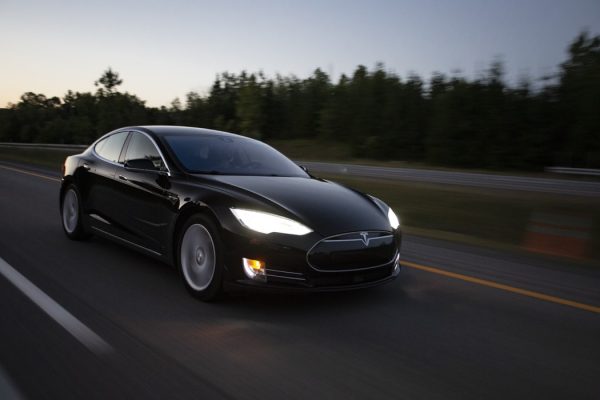

The best part about using AI for the fleet of Tesla autopilot cars is that it can learn from everything in real-time. It smoothes codes as it experiences real-world environments, and shares it with all other Tesla autopilot models.
Tesla makes sure that there are many ways to continuously evaluate its autopilot cars’ systems. They have internal and external hardware that evaluate each car. This helps the company monitor the performance and glitches of its autopilot car fleet.
Release of the Next Tesla Autopilot Car
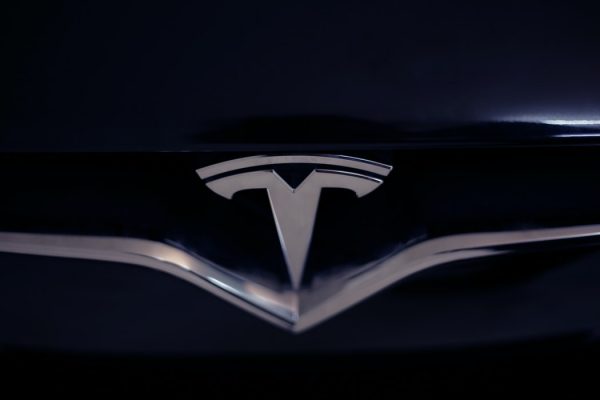

There is nothing stopping Tesla from innovating the tech and car industry. Because of this, people are often on their toes waiting for Tesla’s next release. Tesla autopilot cars are at the forefront of what people keep their eyes on.
For Tesla autopilot car owners, software updates are available for download. A software update for these Tesla autopilot cars is reported to arrive in December of this year. People suspect that it can give cars the ability to recognize stoplights and stop signs. To get into its specifics, Tesla autopilot cars with new software can now detect blinking lights of red, yellow, or green.
However, similar to its previous offerings, this update will not create a fully self-driving Tesla autopilot car. As much as people would like to ride a car and not worry about a thing, this is not the reality for Tesla autopilot cars just yet.
Once this software is downloaded, expect higher road visualization of road marking, stop signs, and road signs. Do note that this is as far as the public knows. Musk himself has mentioned time and time again how proud he is of Tesla’s next autopilot system.
As for the production of these cars, Musk envisions Tesla becoming a low-cost provider of Tesla autopilot cars. He wants battery-powered and high-tech cars to be more accessible. Because he is the head of Tesla’s manufacturing and engineering, one can imagine that he can save a pretty penny by making everything in-house.
Who knows? Tesla knew where the future was heading in 2008 with its Roadrunner. With each Tesla autopilot software update, more and more people are inching to the future they envisioned.
Risks of Self-Driving Cars
Hacking


As with any software, self-driving cars are prone to hacking. This is not to undermine the security efforts of companies like Tesla, but as you can learn from deepfakes, AI can be used with bad intentions.
Third parties can access your Tesla autopilot car’s software and then proceed to hack into your car’s system. By doing this, your life and privacy can be in danger.
While this is a risk everyone makes being the early adopters of new technology, one must still weigh if it is a risk worth taking. Is keeping your car safer worth the risk of exposing your own privacy?
Of course, the upside of this is that hackers cannot have complete control of your car. At the end of the day, Tesla autopilot cars are not fully self-driving (at least as of now).
Thus, the chances of you having no control of where your hacked car takes you are very low. Also, each car is monitored by Tesla, so it will not be hard to find hacked cars.
Safety and Security
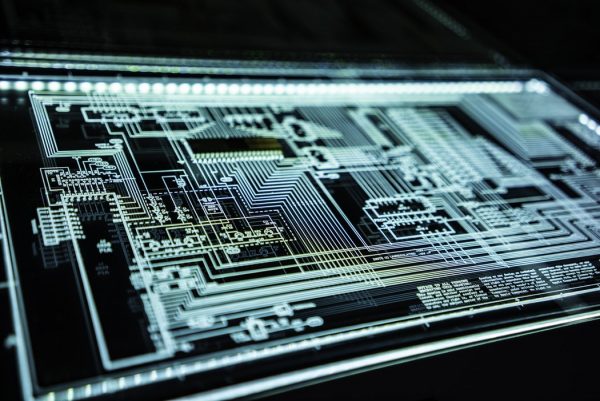

Sometimes the risk is not with hackers but with the system itself. Tesla autopilot cars will continue updating their software and abilities. As pointed above, early adopters have the first official try at new technology. Because of this, they are most at risk for faulty codes and unpolished updates.
For phones, this might not be much of a problem, because the most it can do is shut off your phone. The story is different for cars. A failure in sensors or technology, if a car is fully self-driving, can be fatal. Glitches should be kept at their most minimal in a Tesla autopilot car.
Limited Number (For Now)


Another setback of having self-driving cars is how expensive they are to make. One should expect that production costs will lower as time progresses, but that does not take away from high-technology’s inaccessibility.
Human beings are yet to crack the code in a fully self-driving car. Because of this, all research is funneled down to who gets to it first; Tesla autopilot cars are the ones leading the curve.
Still, this is like designing rocket ships. Yes, they will continue being innovated but they will also not be available for everyone to use. High-technology funding is not futile, so as of now Tesla autopilot cars will remain in limited amounts.
Over time though, expect more and more people to have access to these sustainable and high-tech cars. This is not a permanent disadvantage, as this goes for anything with new technology.
Benefits of Self-Driving Cars
Fewer Accidents


Self-driving cars, or Tesla’s autopilot cars, take years to innovate. Because of this, their users must know that they are using tried and tested AI algorithms.
These vehicles have cameras and sensors strategically placed around their body. Using them gives you eyes and ears in each corner of your car. This helps prevent accidents caused by distraction.
To get into the specifics, Tesla autopilot cars use these censors to compute for the correct distances between cars. It can also use them to track if there are any speeding or heavy cars drivers are not aware of.
While there is room for error, Tesla autopilot users should know that Tesla does everything it can to keep these errors on the down-low. Glitches of their Tesla autopilot cars are not life-threatening, and they are not even that common, to begin with.
There is yet to be an accident as a result of a Tesla autopilot car. This is great news, as this shows that its calculations of speed, distance, and acceleration are never life-threateningly faulty.
Time-Saving


A lot of road accidents happen because drivers use their phones while driving. As this article cannot highlight enough, Tesla autopilot cars do not cut your responsibilities of driving entirely. They do, however, lessen them.
You should not text while driving, but if you have got an urgent call on the line, the autopilot can help keep your drive safe and secure as you take the call. This also saves you a lot of time, as you no longer need to pull up your car to answer urgent callers or family catch-ups.
Self-driving cars, especially Tesla autopilot cars, also give you the privilege of a “self-parking” feature. This saves you a lot of time too because the car will park for you. If you are crunching on time in a populated area, your car can find its own space while you go run your errands.
Before you worry about traffic, know that the more Tesla autopilot cars there are, the more likely they are to sync their parking systems. This creates a robot-like discipline in parking.
Accessibility
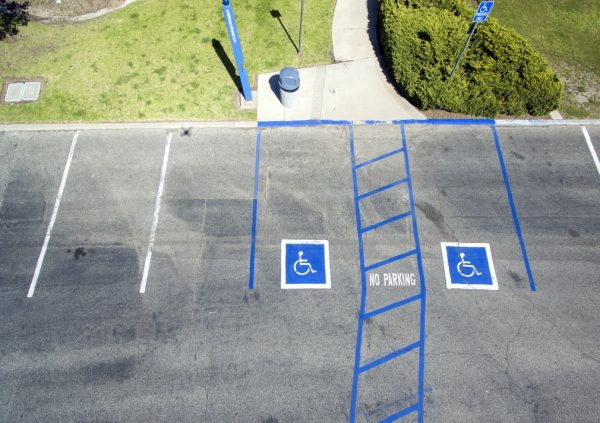

Because of self-driving cars, people can have an easier time driving around. These cars have a set of eyes and ears that support your own, making them very helpful to senior citizens and people with disabilities.
Tesla autopilot cars are not full self-driving, so they cannot be a direct substitute. Still, they can address the blind spots of human error. For people with difficulty driving, this can be of big help. These AI autopilot cars will lessen their chances of getting into accidents, and be of good assistance to them as they drive.
Less Traffic Jam
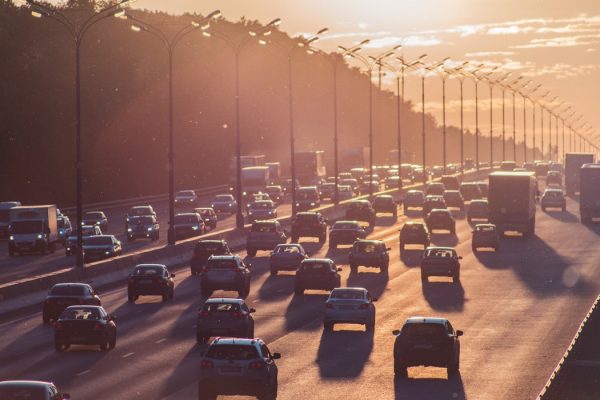

Tesla autopilot cars, if used by most, will have significant effects on traffic—in that it will be lighter. First, because self-driving cars cut accidents, there will be less congestion on highways and roads. You know how you find a long line of cars leading up to a bottleneck caused by an accident? Tesla autopilot cars will minimize this from happening.
If these cars do know there is an accident up ahead, they can know the best routes for a detour. By doing this, they still minimize traffic for others. Better yet, keep you away from it, too.
Next, Tesla autopilot cars more or less have the same software all throughout. By doing this, Tesla gives them the power to coordinate with each other. On highways, these cars can go faster or slower together, whichever decongests the traffic better. By working together, these cars can make plans to free up lanes and free up roads.
When Will a Full Self-Driving Car Arrive?
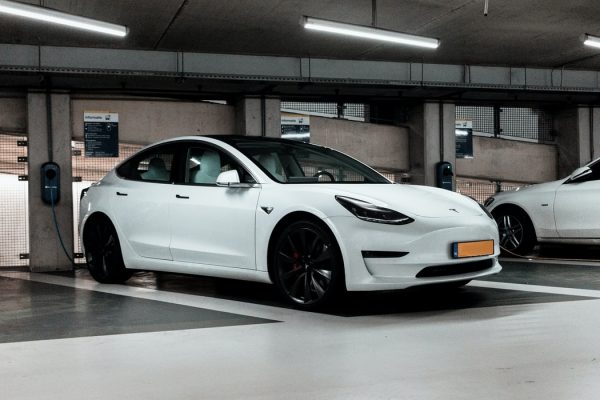

A fully self-driving car will arrive, but there is no clear sign on when. For Tesla autopilot cars, users can expect more advanced software: reading road signs and stoplights are a promising beginning. However, this does not mean that Tesla autopilot drivers can stop keeping an eye on their wheels. Autopilot assists drivers and minimizes risks, thanks in large part to AI.
This generation of people knows the benefits and dangers of AI. Tesla autopilot cars use it for the better, hoping to save time, road space, and even lives with each release. A bonus to this would be Tesla autopilot cars’ sustainability, and how founder Elon Musk wants it to be accessible for the common American. By doing so, human beings could be collectively saving resources on the planet.
Maybe that is the better question: when can everyone get their own Tesla autopilot car?
